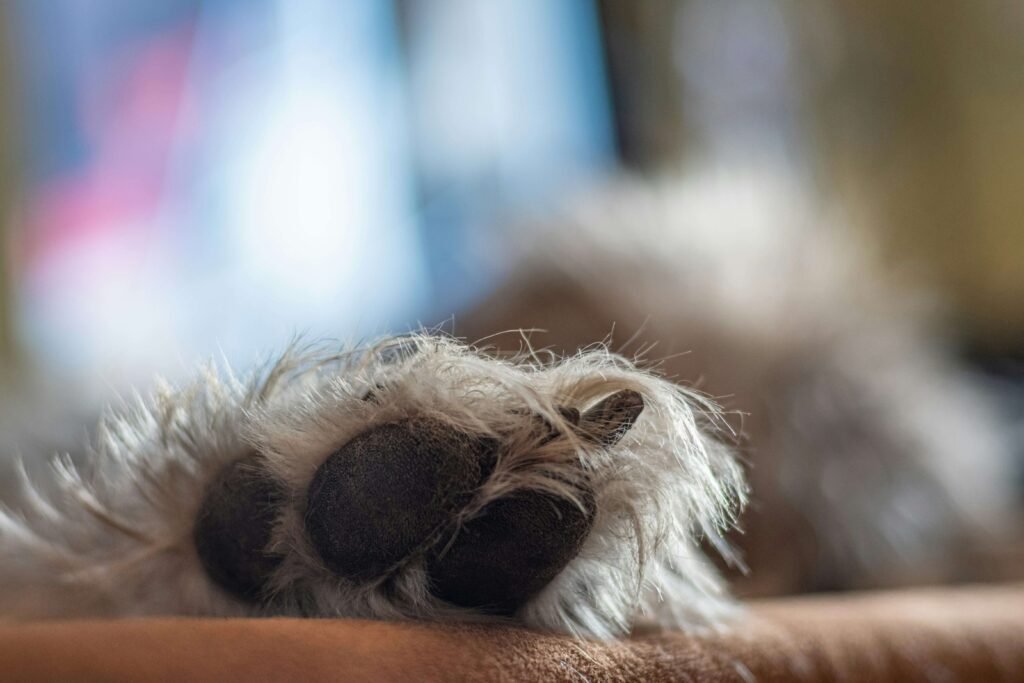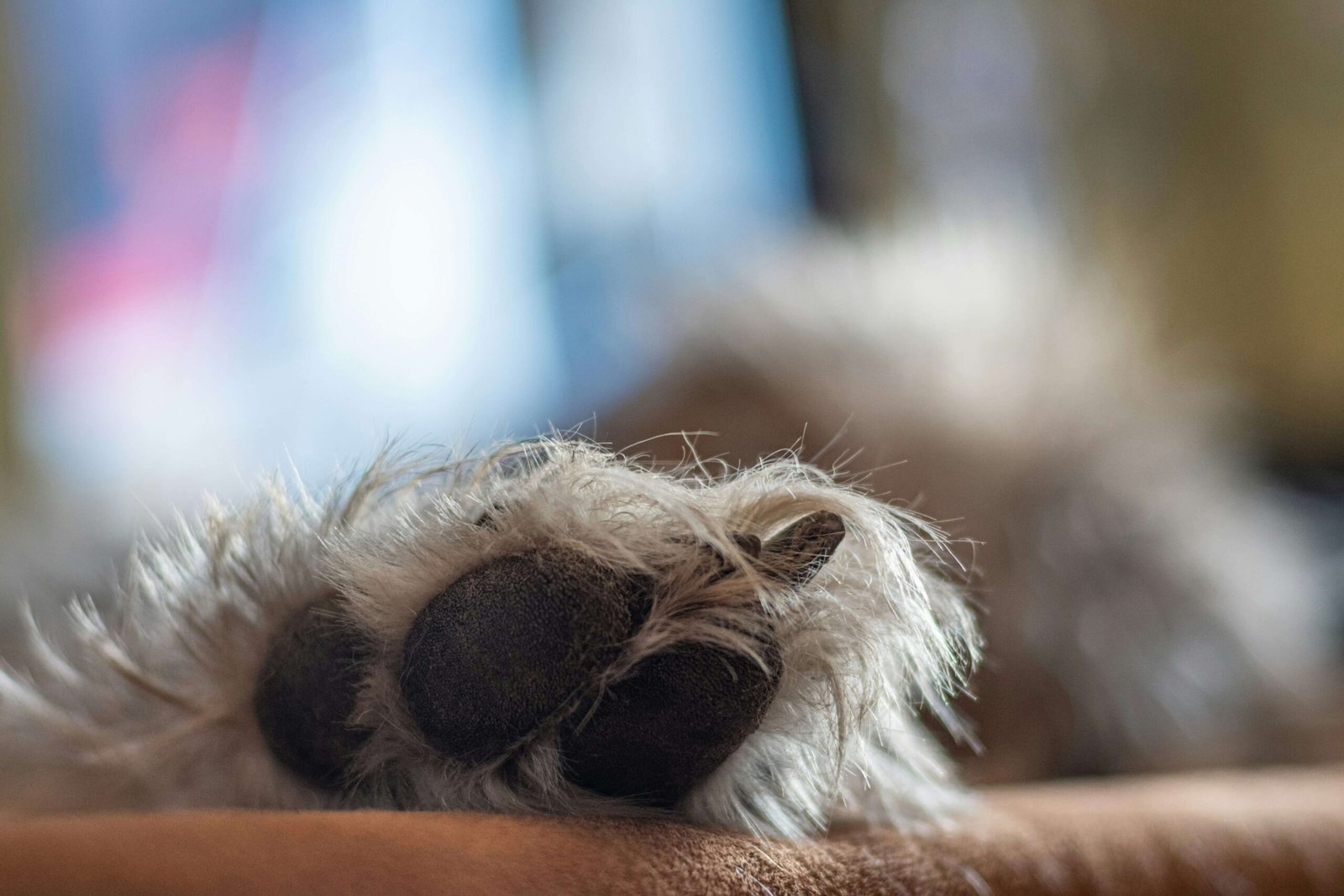Understanding Blood Blisters on Dog Paws
If you’ve noticed a blood blister on your dog’s paw, it’s natural to feel concerned. These small, raised areas filled with blood can appear suddenly and may cause discomfort for your furry friend. Blood blisters, also known as hematomas or blood-filled blisters, typically occur due to trauma, friction, or other underlying issues. While they are not always serious, they can sometimes indicate a more significant problem that requires attention. In this blog post, we’ll explore what causes blood blisters on dog paws, how to identify them, and the best ways to care for your dog if they develop one. By understanding this condition, you’ll be better equipped to ensure your pup stays happy and healthy.
What Causes Blood Blisters on Dog Paws?
Blood blisters on a dog’s paw can result from various factors, often related to injury or irritation. Here are some of the most common causes:
Trauma : A sudden impact, such as stepping on something sharp or rough terrain, can damage blood vessels and lead to a blister.
Friction : Repeated rubbing from poorly fitting boots or excessive running on hard surfaces can irritate the skin.
Burns : Exposure to hot surfaces, such as pavement in summer, can cause blisters to form.
Allergic Reactions : Skin irritation from allergens or chemicals may lead to swelling and blood-filled blisters.
Underlying Health Conditions : Conditions like autoimmune disorders or clotting issues can make dogs more prone to blood blisters.
Understanding the root cause is essential for determining the appropriate treatment and preventing future occurrences.
Symptoms to Watch For
While blood blisters are usually visible, there are additional signs that may indicate your dog is experiencing discomfort or pain. Here’s what to look out for:
Swelling : The affected area may appear swollen or raised compared to the surrounding skin.
Limping : Your dog might avoid putting weight on the affected paw, signaling pain or discomfort.
Redness or Discoloration : The blister area may appear red, purple, or dark due to trapped blood.
Licking or Chewing : Dogs often lick or chew at the affected area in an attempt to relieve discomfort.
Warmth or Tenderness : The paw may feel warm to the touch or be sensitive when handled.
Recognizing these symptoms early can help you address the issue promptly and prevent complications.
Check this guide 👉Understanding Rash on Dog Belly: Best 7 Expert Tips!
Check this guide 👉Understanding Blood Blisters on a Dogs Belly: Best 7 Tips!
Check this guide 👉Understanding Dog Scab: Best 7 Expert Tips!

Potential Causes of Blood Blisters | Signs to Look For |
|---|---|
Trauma or injury | Swelling or raised area on the paw |
Friction or rubbing | Limping or reluctance to walk |
Burns from hot surfaces | Redness or discoloration of the skin |
Allergic reactions | Excessive licking or chewing |
Underlying health conditions | Warmth or tenderness in the affected paw |
Treatment Options for Blood Blisters on Dog Paws
Treating a blood blister depends on its severity and underlying cause. Here are some steps you can take to care for your dog’s paw:
Clean the Area : Gently wash the paw with mild soap and water to prevent infection.
Apply a Cold Compress : Use a cold compress to reduce swelling and alleviate discomfort.
Protect the Blister : Cover the blister with a soft bandage or dog boot to prevent further irritation.
Avoid Popping the Blister : Do not puncture the blister, as this increases the risk of infection.
Consult a Vet : If the blister is large, painful, or doesn’t heal within a few days, seek professional advice.
Proper care and monitoring are key to ensuring your dog’s paw heals quickly and without complications.
Tips for Preventing Blood Blisters on Dog Paws
Prevention is always better than cure when it comes to your dog’s health. Here are some practical tips to reduce the risk of blood blisters:
Inspect Paws Regularly : Check your dog’s paws after walks or outdoor play to catch any issues early.
Use Protective Gear : Consider dog boots for walks on rough or hot surfaces to prevent friction and burns.
Trim Nails and Fur : Keep your dog’s nails trimmed and paw fur short to minimize irritation.
Avoid Hazards : Steer clear of sharp objects, hot pavements, or rough terrain during walks.
Monitor for Allergies : Be aware of any allergies your dog may have and avoid exposure to irritants.
Taking these preventive measures can help keep your dog’s paws healthy and reduce the likelihood of blood blisters forming.
Common Mistakes to Avoid When Treating Blood Blisters
While treating a blood blister on your dog’s paw, it’s important to avoid certain mistakes that could worsen the condition. Here are some common errors pet owners make and how to prevent them:
Using Harsh Chemicals : Cleaning the blister with alcohol or hydrogen peroxide can irritate the skin further.
Applying Pressure : Pressing too hard on the blister may cause it to rupture unintentionally.
Ignoring Signs of Infection : Failing to monitor for redness, swelling, or discharge can lead to more serious complications.
Skipping Protection : Not covering the blister leaves it exposed to dirt, debris, and further trauma.
Overlooking Underlying Issues : Assuming the blister is just a minor injury without investigating potential causes can delay proper treatment.
By avoiding these mistakes, you can ensure your dog’s blood blister heals safely and without unnecessary setbacks.
How to Comfort Your Dog During Recovery
Recovering from a blood blister can be uncomfortable for your dog, but there are ways to provide comfort and support during this time. Here’s how you can help:
Limit Activity : Restrict running or jumping to prevent further irritation to the affected paw.
Offer Soft Bedding : Provide a cozy, padded bed to reduce pressure on the injured paw while resting.
Distract with Toys : Use interactive toys or puzzles to keep your dog entertained and their mind off the discomfort.
Administer Pain Relief (if prescribed) : Follow your vet’s advice on pain management to keep your dog comfortable.
Provide Emotional Support : Spend extra time cuddling or talking to your dog to reassure them during recovery.
By focusing on your dog’s physical and emotional needs, you can make their recovery process smoother and less stressful.
When to Seek Immediate Veterinary Care
While many blood blisters heal with home care, some situations require immediate veterinary attention. Here are signs that you should take your dog to the vet right away:
Excessive Bleeding : If the blister bursts and doesn’t stop bleeding after applying pressure, seek help immediately.
Signs of Infection : Redness, pus, or a foul odor around the blister indicates an infection that needs professional treatment.
Severe Swelling : Significant swelling or warmth in the paw could signal a deeper issue, such as an abscess.
Limping That Worsens : If your dog’s limping becomes more pronounced or they refuse to walk, it’s time to consult a vet.
Behavioral Changes : Lethargy, loss of appetite, or unusual aggression may indicate pain or systemic illness.
Promptly addressing these warning signs can prevent complications and ensure your dog receives the care they need to recover fully.
Frequently Asked Questions About Blood Blisters on Dog Paws
Are blood blisters on dog paws dangerous?
They are usually not dangerous but can become infected or indicate an underlying issue if left untreated.
Can I pop a blood blister on my dog’s paw?
No, popping the blister increases the risk of infection and should be avoided.
How long does it take for a blood blister to heal?
Most blisters heal within a week or two, depending on their size and severity.
Should I take my dog to the vet for a blood blister?
Consult a vet if the blister is large, painful, or doesn’t improve within a few days.
Can blood blisters reoccur?
Yes, they can reoccur if the underlying cause, such as friction or trauma, is not addressed.
Taking Care of Your Dog’s Paws
A blood blister on your dog’s paw may seem like a minor issue, but it’s important to address it promptly to prevent complications. By understanding the causes, recognizing symptoms, and providing proper care, you can help your dog recover quickly and comfortably. Prevention plays a crucial role in maintaining your dog’s paw health, so regular inspections and protective measures are key. Remember, your dog’s paws are essential for their mobility and happiness—so give them the attention and care they deserve. With vigilance and love, you can ensure your furry friend stays active and pain-free for years to come.
Canned Pumpkin for Cat Diarrhea: Best 7 Expert Tips! Natural remedy to firm stools, soothe upset bellies, and support gut health safely.
Can a Cat Give You Scabies? Best 7 Expert Tips! Discover the truth about feline mites, human skin risks, and how to protect yourself—without panic.
Cat Flea vs Human Flea: Best 7 Expert Tips! Discover the truth about bites, species, and how to eliminate infestations for good.
Weird Cat Behaviors: Best 7 Expert Tips! Discover why cats do strange things—and how to understand, not punish, their instincts for a happier home.





